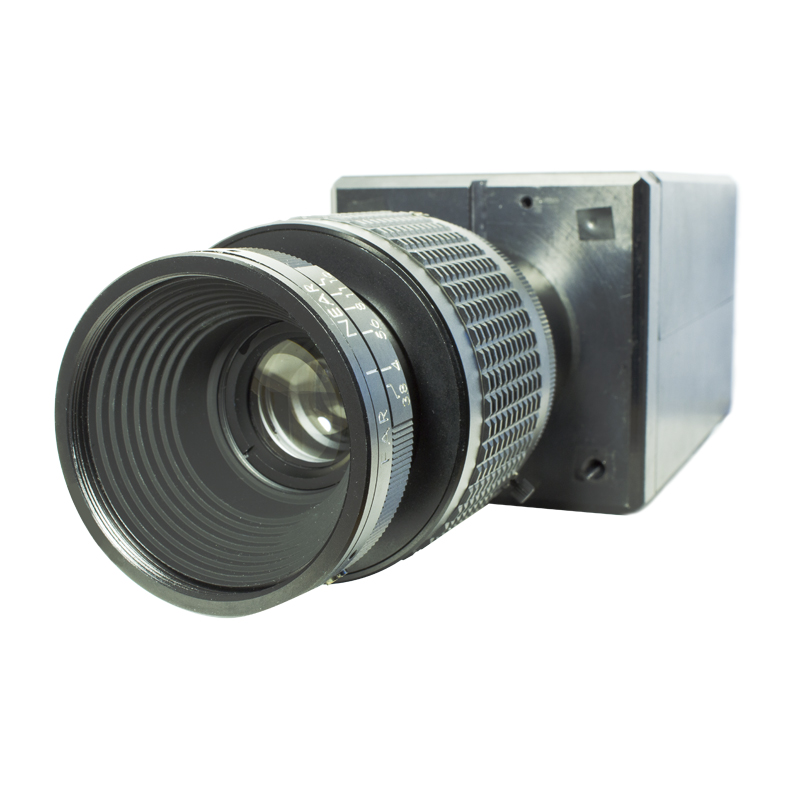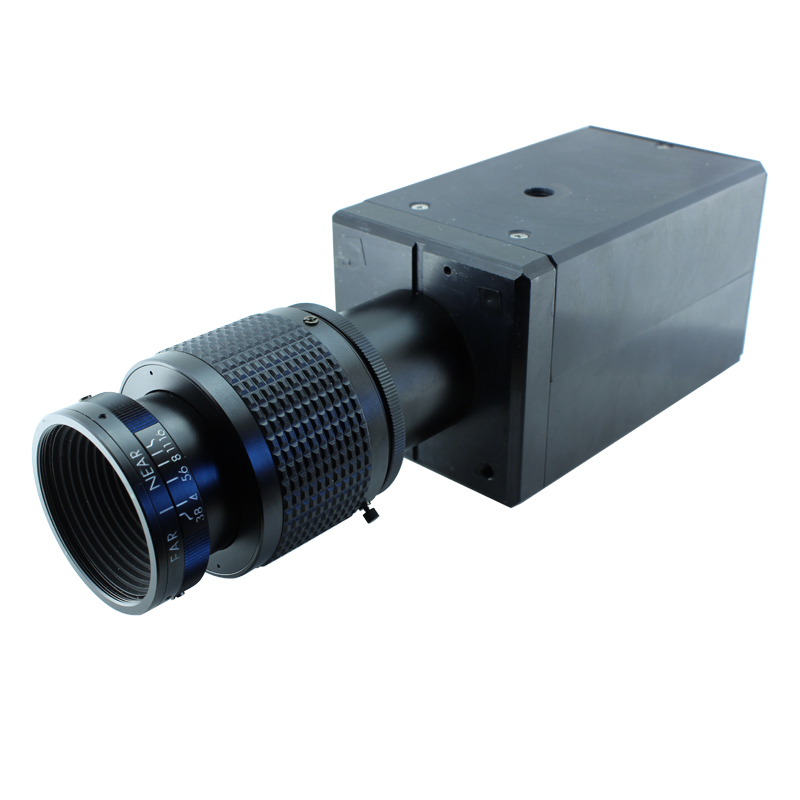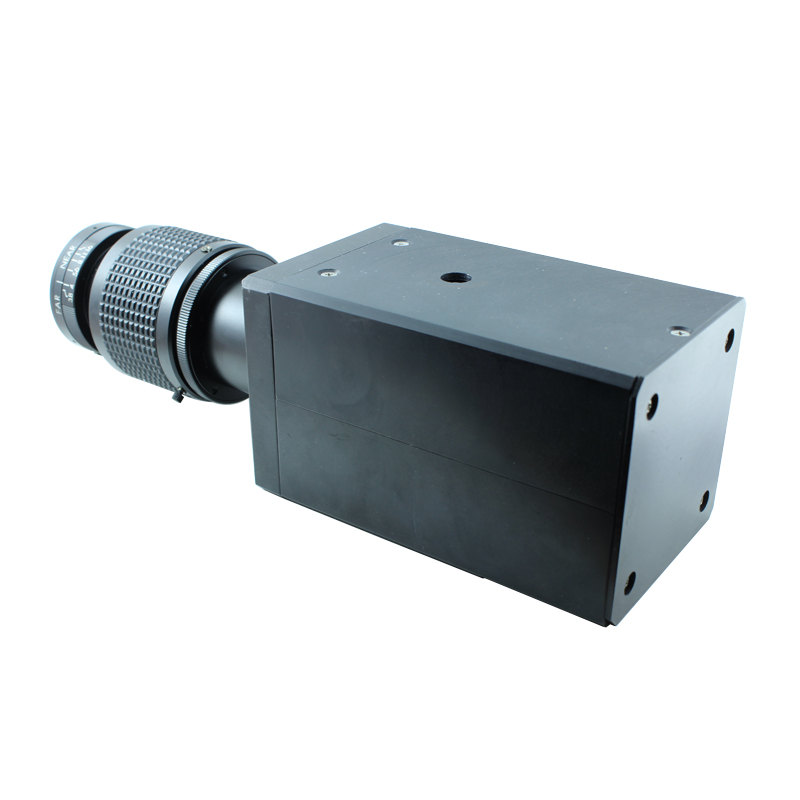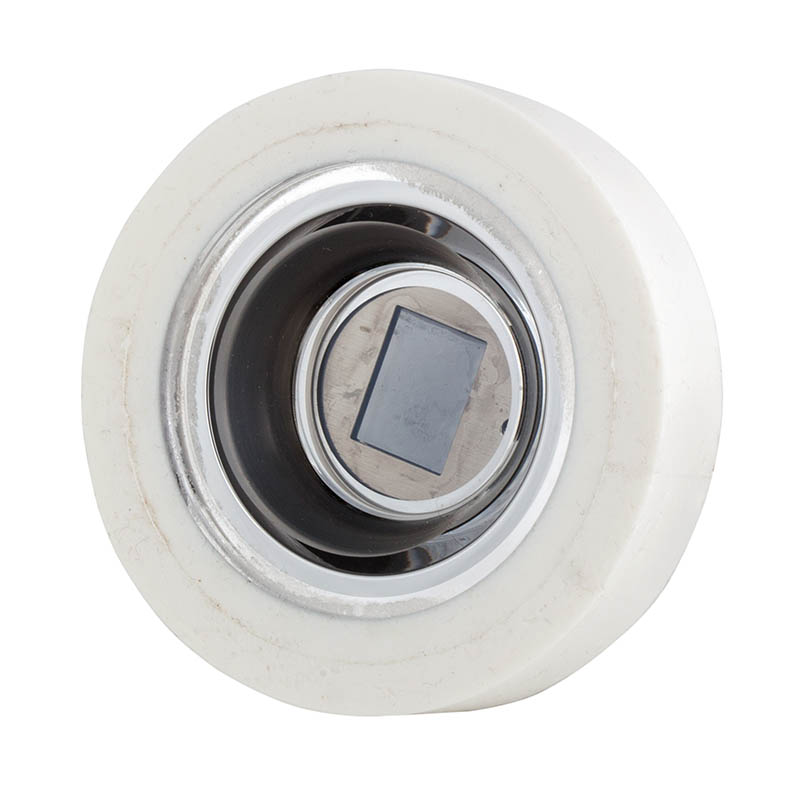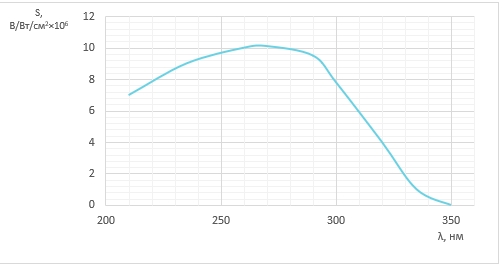The hybrid photodetector (HPD) is a proximity electro-vacuum device with photocathode and solid-state element – electron-sensitive CCD.
When photoelectrons hit array with energy, higher than 3 KeV generation of electron-hole pairs occurs in silicon, signal increases in several hundred times.
Because of signal gain in electron-sensitive CCD array HPD has sensitivity of 1-2 order higher than solid-state analogues.
In HPD the whole signal photoelectron flow from photocathode reaches array, there are no intermediate signal converting, so HPD noise factor is about 1,1. For photodetectors based on image intensifiers with MCP coupled with CCD array noise factor is 1.6-2.0. Besides, there are no fiber-optics elements in HPD, which decrease device radiation hardness.
In hybrid device for UV range CsTe photocathode is used, it provides high degree of solar blindness, decreases and even eliminates need of visible radiation filter.
Application:
The device is recommended to apply in low light level portable TV equipment, observation systems for aircrafts, etc.
SPECIFICATIONS
| Spectral range, nm | 200÷300 |
| Photocathode quantum efficiency in maximum, % | 15–20
(31-42) |
| (Photocathode spectral sensitivity in maximum, mA/W) | 4-5 |
| Photocathode voltage, kV | 13,1×9,8 |
| Sensitive area size, mm | 768×580 |
| Pixel size, μm | 17×34 |
| Spectral sensitivity at λ=260-270 nm, V∙cm2/W | 1·107 |
| At irradiance of 2∙10-13 W/pixel (3,4∙10-8W/cm2) and pass band of 6.3 MHz
– S/N ratio – Signal modulation depth on fine details (400 TVL) |
20–25 30-35 |
| Threshold irradiance W/pixel (W/cm2) | <7·10-16
(<1·10-10) |
| Device diameter, mm (in hermetic) | 60 |
| Device height, mm | 23 |
SPECTRAL RESPONSE CHARACTERISTICS
It is possible to manufacture a photodetector based on hybrid device including power supply sources and signal processing electronics. Power supply is 27 V.
The output signal is generated digitally. HPD dimensions (without lens) are 80×80×100 mm.

